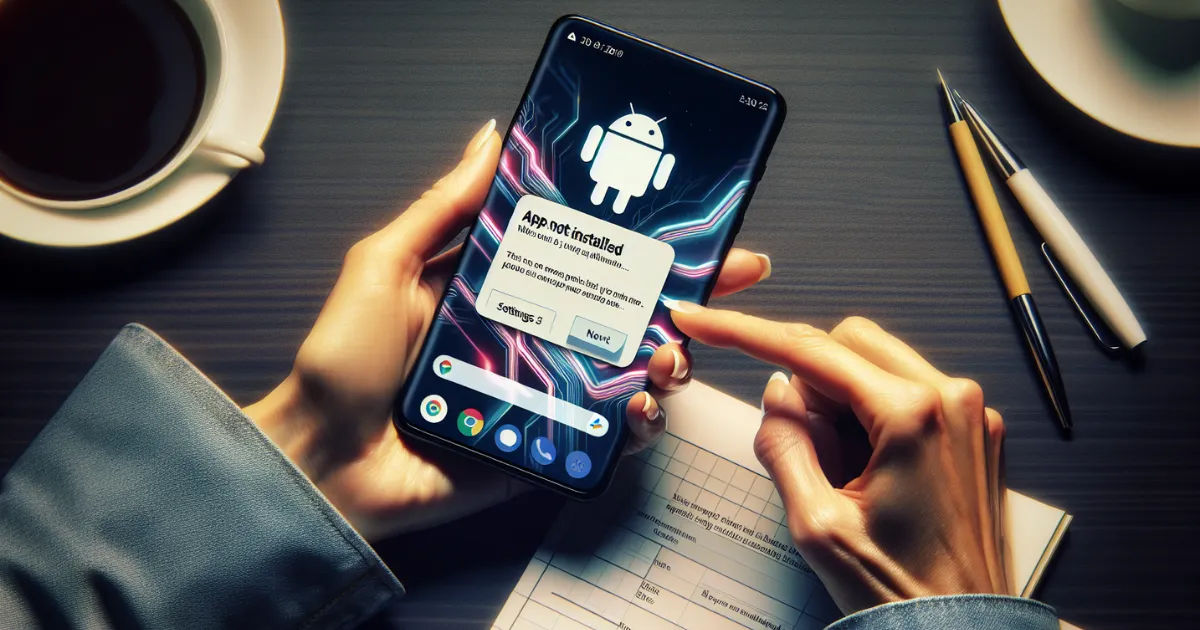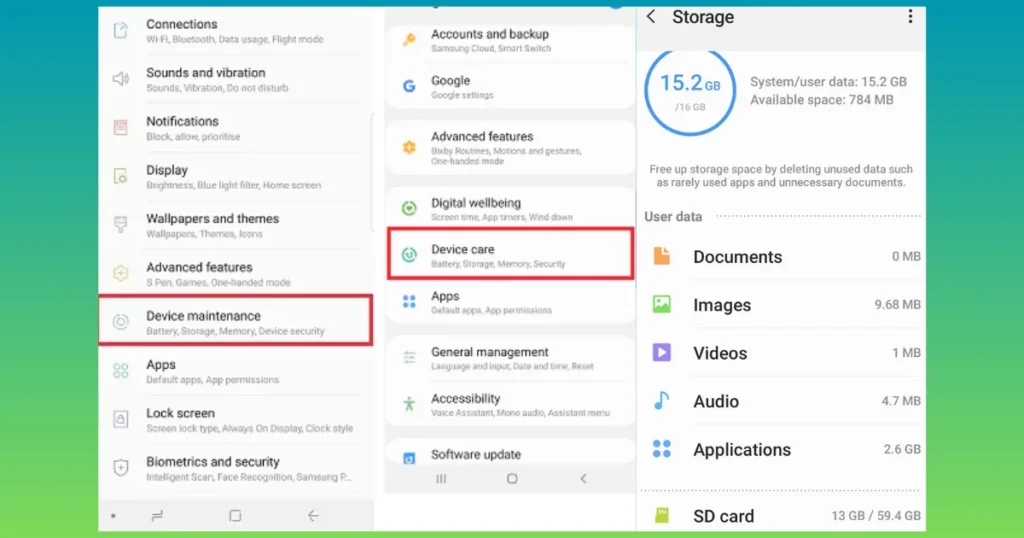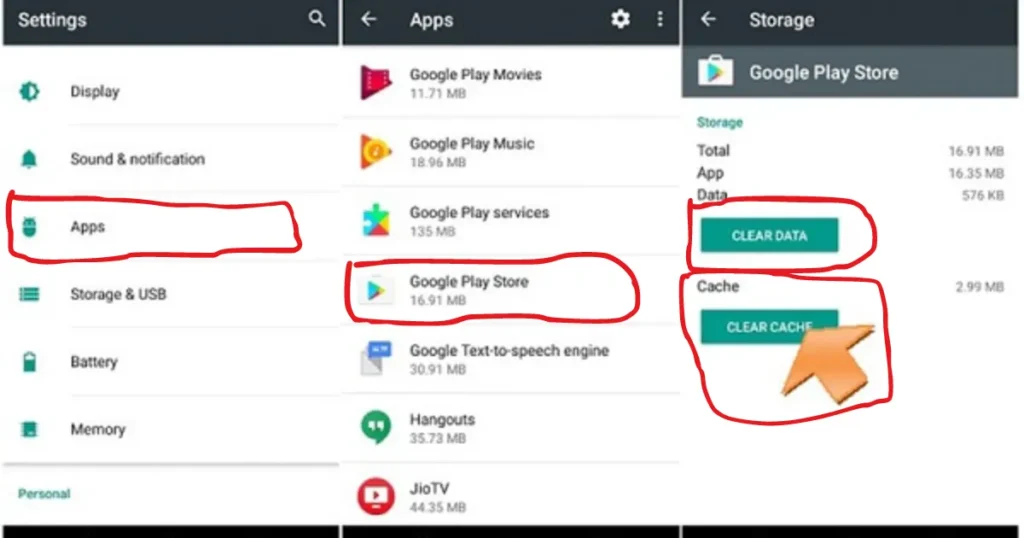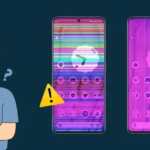How to fix “App not installed” error on Android 2024
Description

Have you ever encountered the frustrating “App not installed” error on your Android device?
This issue can stem from various factors, including insufficient storage, compatibility issues, or security settings.
In our guide, we’ll explore how to fix “app not installed” on Android, covering solutions for common challenges like apk not installing android, addressing app not installed Samsung or Xiaomi issues, and specific fixes for scenarios like app not installed WhatsApp.
Understanding the root cause is crucial, whether it’s a simple fix like clearing cache for the app not installed APK fix or more technical solutions for Android app won’t install errors.
We will delve into steps for enabling installation from unknown sources, resolving apk not installed errors, and ensuring you can install and enjoy your desired apps without hitch.
Table of Contents
Why is the APK app not installed?

Factors Leading to the “App Not Installed” Error
- Insufficient Storage Space
- The most common cause is insufficient storage on the device. Ensure there is enough space to accommodate the new app by clearing unnecessary files or apps.
- Corrupted or Contaminated App Files
- Files downloaded from untrusted sources may be corrupted or contaminated, leading to installation failures. Always download apps from reputable sources.
- Inappropriate Storage Location
- Some apps require installation on the device’s internal storage rather than an SD card. Check the app’s requirements and storage settings.
- Unmounted or Corrupted SD Card
- A poorly mounted or corrupted SD card can prevent app installations. Ensure the SD card is correctly inserted and functioning.
- Application Permission Issues
- Installation can be blocked by permission settings, especially for apps from unknown sources. Adjust your device’s security settings to allow these installations.
- Background Software Interference
- Sometimes, other software running in the background can interfere with new installations. Try closing other apps or rebooting your device.
- Signature Mismatch and Conflicting Packages
- A mismatch between new and previously installed app signatures or conflicting package names can cause errors. Uninstall previous versions and try reinstalling.
- Security Blocks by Google
- Google may block installations deemed unsafe. Ensure your app and its source are secure.
- Outdated Android Version
- An outdated Android system may not support newer apps or features required for installation. Consider updating your device’s operating system if possible.
By understanding these factors, you can effectively troubleshoot and resolve the “app not installed” error, enhancing your Android device’s functionality and security.
Checking Device Compatibility and Storage Space

Step-by-Step Guide to Ensuring Device Compatibility and Sufficient Storage
- Verify Device Compatibility:
- Check if your Android device meets the app’s requirements by confirming the Android version and device model. This information is crucial as some apps are designed for specific versions or models.
- Use the
aapt toolfor Compatibility Testing:- Utilize the
aapt toolfrom the Android SDK to examine the permissions and features your app requires. This step helps in determining whether your device supports the app’s functionalities.
- Utilize the
- Check Storage Requirements:
- Ensure your device has adequate storage space for the app. You can find the storage requirements listed in the app’s details on the Google Play Store or the developer’s website.
- Review the Device Catalog in Google Play Console:
- Access the Google Play Console to view the device catalog which lists compatible devices for your app. This tool is invaluable for identifying whether your specific device can run the app without issues.
- Manage Device Features with
uses-featureTag:- Developers can specify essential hardware features in their app’s manifest file using the
uses-featuretag. Check if your device has the necessary features to support the app, especially if it involves hardware components like a camera or GPS.
- Developers can specify essential hardware features in their app’s manifest file using the
- Test on a Closed Track:
- For the most thorough compatibility check, upload your app to a closed track in the Play Store Console. This method allows you to see how the app performs on your device before it is fully released.
By following these steps, you can effectively troubleshoot the “app not installed” error by ensuring your device is fully compatible and has sufficient storage for the app you wish to install.
Enabling Installation from Unknown Sources
Are you wondering how to fix the “app not installed” error on your Android by installing apps from sources other than Google Play Store? Here’s a step-by-step guide to enabling installation from unknown sources, which is often necessary when you’re trying to install third-party apps.
Step 1: Access Security Settings
- Open your device’s main Settings.
- Scroll to and tap on Security or Privacy settings, depending on your Android version.
Step 2: Enable Unknown Sources
For Android 8.x and higher:
- Navigate to Apps & Notifications.
- Select Advanced or tap the three dots at the top-right corner.
- Go to Special App Access > Install Unknown Apps.
- Choose the app (like Chrome or any other browser) from which you want to allow installations.
- Toggle on Allow from this source.
For Android 7.x and lower:
- Directly find the Unknown Sources option under the Security or Privacy settings.
- Toggle the switch to enable it.
- Confirm your action by tapping OK on the prompt message that appears.
Step 3: Manage Permissions
- Navigate to Settings > Apps > Permission manager.
- Select the app through which you usually download APKs.
- Scroll to Install unknown apps under the Advanced section.
- Ensure Allow from this source is enabled.
Step 4: Confirm and Proceed
- After adjusting these settings, proceed to download and install your APK file.
- Remember, it’s crucial to only download apps from trusted sources to avoid security risks.
By following these steps, you can effectively manage app installations from unknown sources on your Android device, allowing you to explore a wider range of apps while maintaining your device’s security.
Clearing Google Play Store’s Cache and Data

How to Clear Google Play Store’s Cache and Data
Are you experiencing the “app not installed” error on your Android device? One effective solution is to clear the cache and data of the Google Play Store. This process refreshes the app and can resolve issues related to app installations. Here’s how you can clear the cache and data for different Android versions:
For Android 6.0 and Higher
- Navigate to Settings: Open your device’s settings and go to
Apps. IfAppsis not visible, look forApplicationsorApplication managerunderSettings. - Select Google Play Store: Scroll through the list of apps and tap on
Google Play Store. - Access Storage Options: Tap on
Storage. - Clear Cache and Data:
- Tap on
Clear Cache. - Then, tap on
Clear Dataand confirm by tappingOK.
- Tap on
For Android 5.1 and Lower
- Go to Settings: Start from your device’s home screen and navigate to
Apps>Settings. - Access App Manager: Tap on
Apps,Applications,Application manager, orApp managerdepending on your device. - Select Google Play Store: Find and select
Google Play Storefrom the list. - Clear Cache and Data:
- Tap on
Clear Cache. - Then, tap on
Clear Dataand confirm by tappingOK.
- Tap on
After clearing both cache and data, you will need to accept the Google Play Store Terms of Service again upon re-entry. Clearing the cache removes temporary files, while clearing data resets the app to its default settings.
This action does not cause any permanent damage to the Play Store or your device but can effectively solve installation issues.
Uninstalling Previous Versions of the App
Are you struggling with the “app not installed” error on your Android device? Often, this issue arises due to a signature mismatch between the installed version of an app and the new APK you’re trying to install.
Here’s how you can uninstall previous versions to fix this problem:
Step 1: Identify the Installed App
- Navigate to Settings > Apps.
- Locate and select the app you need to uninstall.
Step 2: Uninstall the App
- For third-party apps, tap Uninstall next to the Force Stop button.
- For system apps, select Uninstall updates from the three-dot menu in the upper-right corner.
Step 3: Reinstall the App
- Install the new version of the app from a trusted source, ensuring it matches your device’s architecture and DPI.
Step 4: Manage Automatic Updates
- To prevent the app from updating automatically and possibly reintroducing issues, turn off automatic updates in the Google Play Store settings.
By following these steps, you can resolve installation issues related to outdated or conflicting app versions. Remember, always ensure that any APKs you install come from reliable sources to maintain your device’s security.
Also Read: How to fix Android App Not Responding Issues Quickly 2024
How do I install unknown apps?
Are you looking for alternative ways to install apps on your Android device when facing the “app not installed” error?
Sometimes, using a different installer app or editing the APK file can help bypass these installation issues. Here’s a guide on how to install unknown apps using these methods:
Step 1: Use a Different Installer App
- Download a trusted installer app from the Google Play Store.
- Use this app to open and install the APK file you have downloaded.
Step 2: Edit the APK File
- Download an APK editor from the Google Play Store.
- Open the editor and select the APK file you wish to install.
- Choose “Common Edit.”
- Set the install location to “Internal Only.”
- Save the changes and wait a few minutes.
- Install the edited APK file.
By following these steps, you can successfully install apps from sources outside the Google Play Store, potentially resolving the “app not installed” error.
Remember, always ensure the sources of your APK files are trustworthy to maintain your device’s security.
Is it safe to install unknown apps?
Is it safe to install unknown apps on your Android device? When you encounter the “app not installed” error, it might be tempting to download apps from sources outside the Google Play Store.
However, this can expose your device to various risks. Here’s a breakdown of potential dangers and how to navigate them safely:
Risks of Installing Apps from Unknown Sources
- Malware and Security Threats:
- Apps from unofficial sources may contain malware such as spyware, adware, or phishing tools. These can compromise your device’s security, steal personal information, or even damage the device.
- Performance and Compatibility Issues:
- Such apps might not be optimized for your device, leading to poor performance, frequent crashes, and compatibility issues with other software on your device.
- Legal and Compliance Risks:
- Installing apps from unknown sources can lead to legal issues, especially if the apps infringe on copyrights or other regulations.
Safe Practices for Installing Unknown Apps
- Check App Permissions:
- Always review the permissions requested by the app. Be wary of apps that request access to sensitive functions or data without a clear need.
- Use Trusted Management Tools:
- Employ solutions like Mobile Application Management or Mobile Device Management to manage and secure app installations. Tools like Hexnode can help configure app settings and manage permissions effectively.
- Trial and Monitoring:
- If unsure, consider using a trial period to assess the app’s functionality and security before full adoption.
By understanding these risks and taking the necessary precautions, you can make more informed decisions about installing apps from sources other than the Google Play Store. Always prioritize your device’s security and your data privacy when exploring new apps.
Also Read: How to Resolve Unfortunately App Has Stopped on Android 2024
FAQs
1. What should I do if apps won’t install on my Android device?
To resolve issues with apps not installing on Android, follow these basic troubleshooting steps:
01. Ensure your Wi-Fi or mobile data connection is stable.
02. Check if there is sufficient storage space available on your device.
03. Look for any pending Android system updates and install them.
04. Close and reopen the Google Play Store.
05. Restart your device to refresh the system.
2. What causes the “app not installed” error on my phone?
The “app not installed” error usually occurs when the APK file (the package format for Android apps containing all necessary files and data) is corrupted or parts of it are missing from your device. This corruption can prevent the app from being installed properly.
3. How can I fix an APK file that won’t install on my Android phone?
To fix an APK file that won’t install, you can adjust your device’s settings to allow installations from unknown sources:
Go to Settings.
Navigate to Security.
Enable the option to allow installation of apps from unknown sources.
After making this change, try installing the APK file again.
Conclusion
Through exploring various strategies to tackle the “App not installed” error on Android devices, have we not only demystified common causes but also provided actionable solutions to ensure seamless app installation?
From addressing insufficient storage and compatibility issues to navigating the intricacies of installation permissions and security settings, this guide serves as a comprehensive resource for overcoming one of the most prevalent challenges faced by Android users.
It underscores the importance of not only understanding the technical nuances involved in app installation but also adopting safe practices when venturing beyond the confines of the Google Play Store.
The journey through troubleshooting the “App not installed” error illustrates a broader theme: the critical balance between embracing the vast world of Android applications and safeguarding against potential risks.
As we conclude, let’s embrace the wisdom gleaned from this guide—employing both caution and curiosity as we navigate the ever-expanding digital landscape.
Encouraging further research and prudent action, may this article serve as a stepping stone for users and developers alike, fostering a safer, more enriched Android experience.












